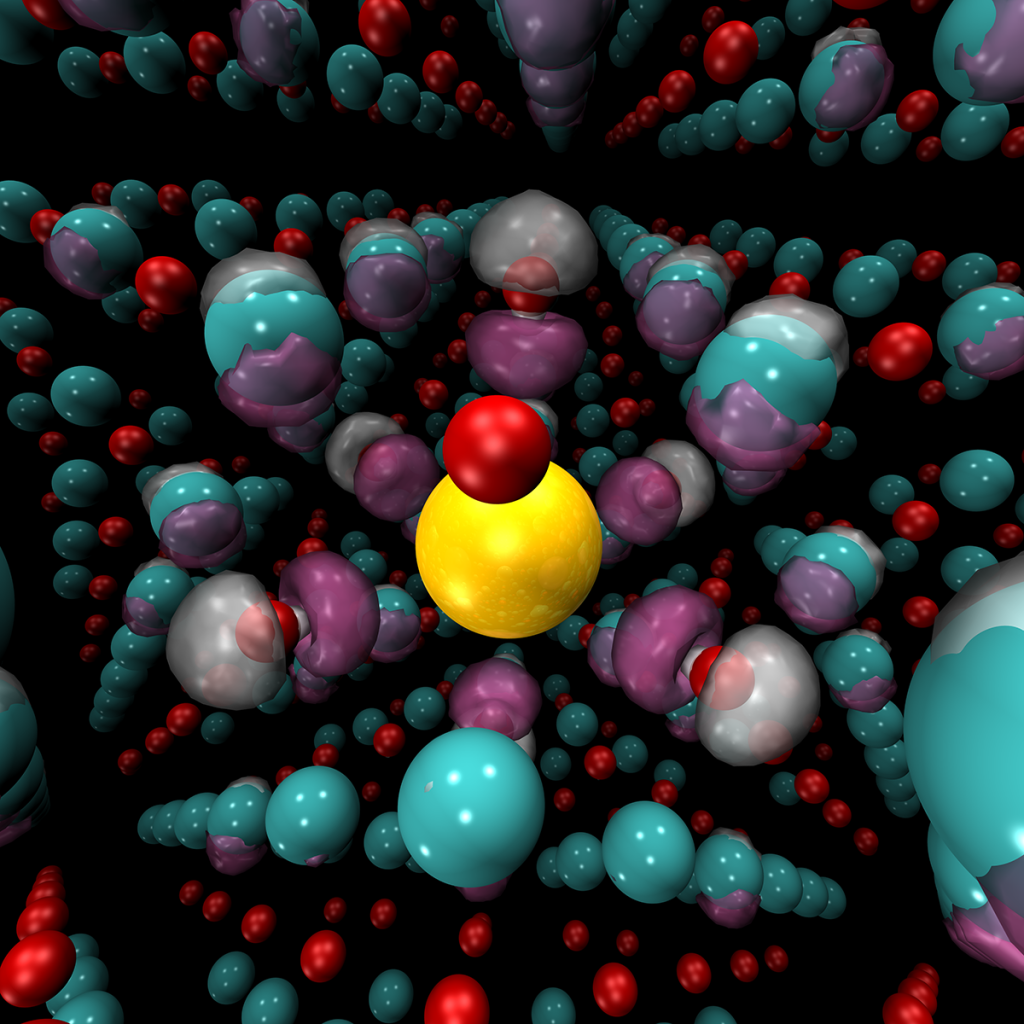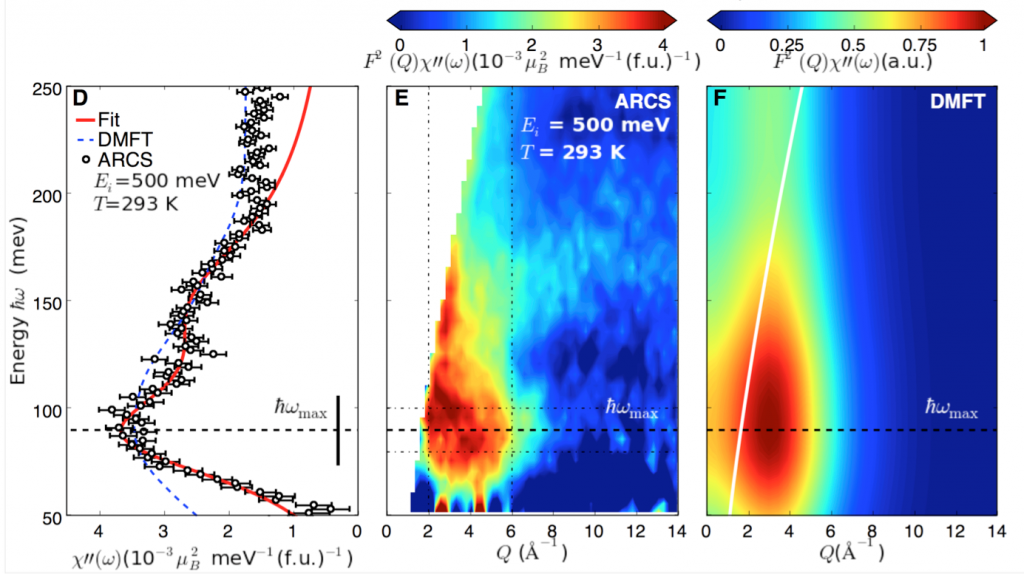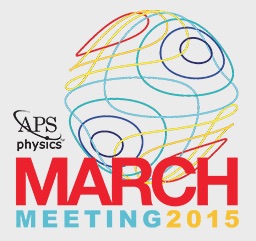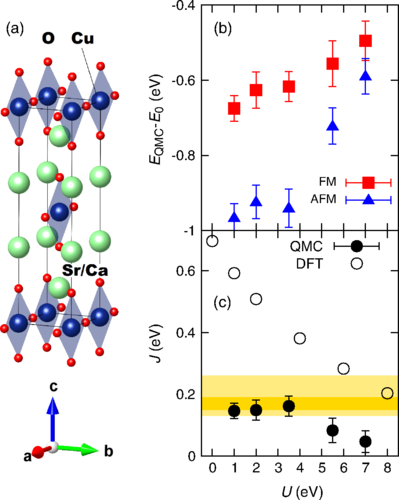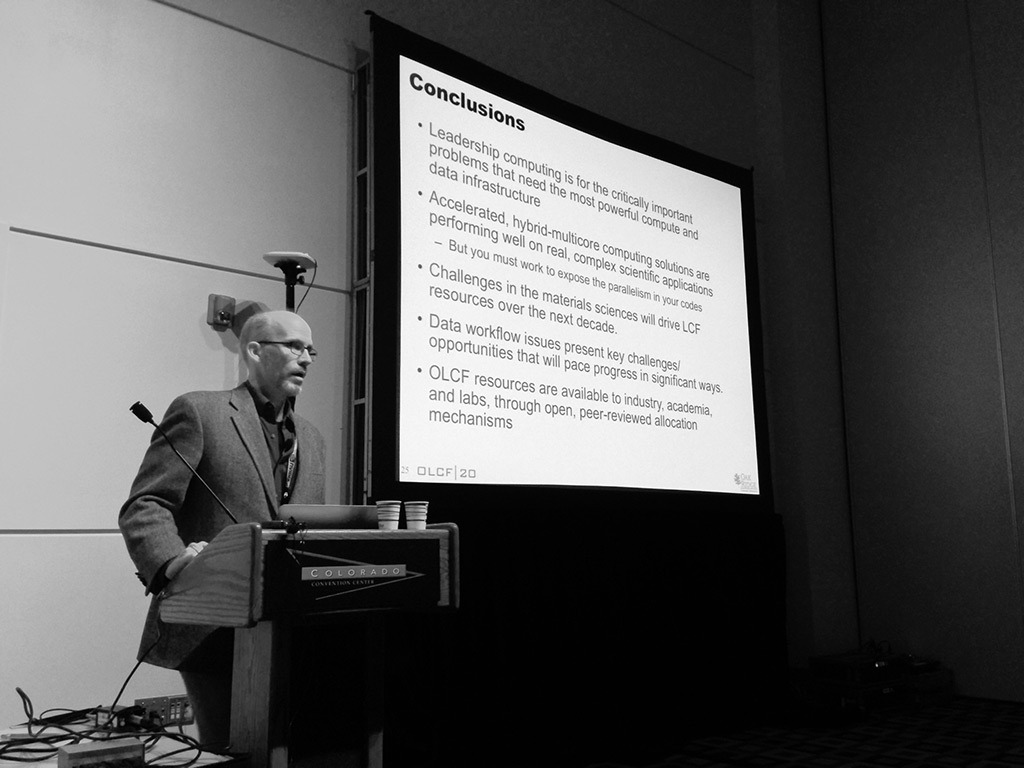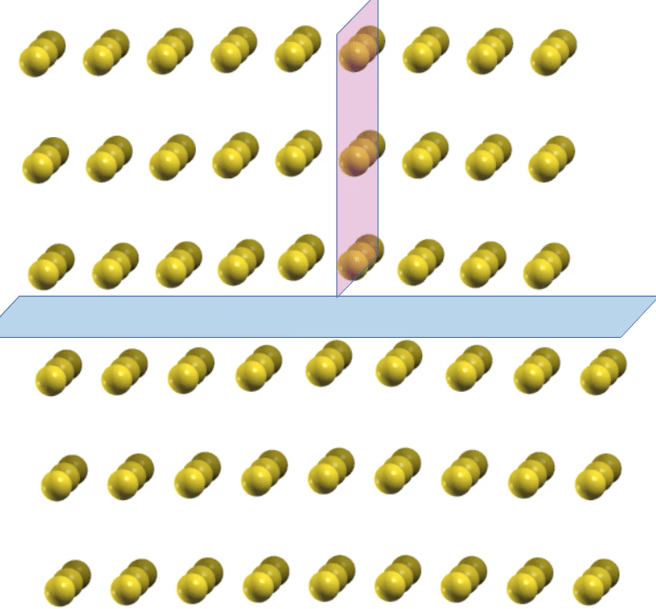
Alloys—mixtures of two or more metals—are designed to be stronger, more ductile (pliable), or more durable than pure elements. Steel is one of the most popular alloy materials, but its weight makes it less desirable than lightweight alloys, which are favored in engineering for their ability to improve vehicle efficiency…
Rachel McDowellOctober 28, 2019


